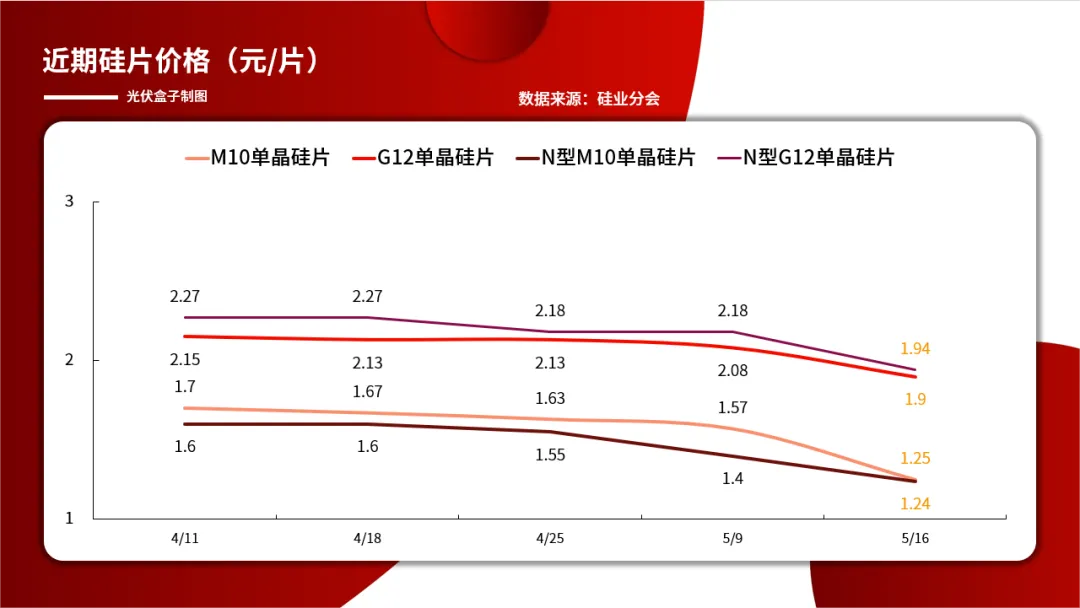Exploring the Advantages of Bifacial Mono PERC Solar Technology for Renewable Energy
The Rise of Bifacial Mono PERC Solar Technology
In the quest for sustainable energy solutions, solar power has emerged as one of the most promising renewable sources. Among the cutting-edge technologies in solar energy, bifacial mono PERC (Passivated Emitter and Rear Cell) panels are garnering attention for their efficiency and versatility. This article will delve into the advantages and workings of bifacial mono PERC solar technology and explore its growing significance in the renewable energy landscape.
Understanding Bifacial Mono PERC Technology
Bifacial solar panels are designed to capture sunlight on both sides of the panel, unlike traditional monofacial panels, which only collect light from one side. This dual-sided design allows for greater energy production, as these panels can utilize reflected sunlight from the ground and surrounding surfaces. When integrated with mono PERC technology, which enhances the efficiency of solar cells by adding a layer of passivation to the rear side, the result is a powerful solar energy system capable of generating higher yields compared to conventional panels.
In bifacial mono PERC solar panels, the front side is typically made up of high-quality monocrystalline cells known for their superior efficiency. The rear side also features a layer of mono PERC technology, which improves light absorption and reduces energy losses. This combination results in panels that can achieve efficiency rates exceeding 20%, making them highly effective for both residential and commercial applications.
Advantages of Bifacial Mono PERC Panels
1. Increased Energy Output One of the most significant benefits of bifacial mono PERC technology is the improved energy yield. Research indicates that these panels can produce up to 30% more energy compared to traditional panels, particularly in installations where a significant amount of albedo (reflected light) is available, such as on white or reflective surfaces.
2. Durability and Lifespan Bifacial solar panels are often constructed with robust materials that enhance their durability. They tend to have a longer lifespan than traditional panels, which results in lower overall costs in the long run. The resilience of these panels makes them better suited for various environmental conditions, including extreme weather.
bifacial mono perc

3. Versatility in Installation Bifacial mono PERC panels can be installed in a variety of configurations, including ground-mounted and rooftop systems. Their ability to harvest sunlight from both sides allows for flexibility in design and set-up, enabling optimized performance in diverse locations.
4. Reduced Land Use With their higher efficiency, bifacial mono PERC panels can produce more energy per square meter. This characteristic is especially beneficial in areas where land is scarce or costly. By generating more electricity from a smaller footprint, these panels contribute to more sustainable land use practices.
Challenges and Considerations
While bifacial mono PERC technology offers numerous advantages, it is not without its challenges. The initial investment for bifacial panels can be higher than for traditional solar technologies, although the long-term savings often justify this cost. Additionally, the performance of bifacial systems can be highly dependent on site conditions, such as the type of ground surface, orientation, and installation angle.
Moreover, for optimal performance, careful consideration must be given to the installation setup. Proper shading, spacing, and the reflective quality of surfaces underneath the panels can significantly influence energy yield. This necessitates thorough site assessments and planning before deployment.
The Future of Bifacial Mono PERC Technology
As the demand for renewable energy continues to grow and technological advancements emerge, bifacial mono PERC panels are poised to play an essential role in the solar market. With an increasing number of manufacturers investing in research and development, the efficiency and affordability of these panels are expected to improve further. Integrating this technology into large-scale solar farms and decentralized energy systems could substantially enhance global energy outputs and contribute to achieving sustainability goals.
In conclusion, bifacial mono PERC solar technology stands out as a transformative approach in the solar industry. With its ability to increase energy production, extend panel lifespan, and offer versatile installation options, it represents a significant leap forward in harnessing solar energy more effectively. As we strive for a greener future, investing in and adopting such innovative technologies will be crucial in addressing the challenges of climate change and meeting our energy needs sustainably.
-
Unlocking Energy Freedom with the Off Grid Solar InverterNewsJun.06,2025
-
Unlock More Solar Power with a High-Efficiency Bifacial Solar PanelNewsJun.06,2025
-
Power Your Future with High-Efficiency Monocrystalline Solar PanelsNewsJun.06,2025
-
Next-Gen Solar Power Starts with Micro Solar InvertersNewsJun.06,2025
-
Harnessing Peak Efficiency with the On Grid Solar InverterNewsJun.06,2025
-
Discover Unmatched Efficiency with the Latest String Solar InverterNewsJun.06,2025







